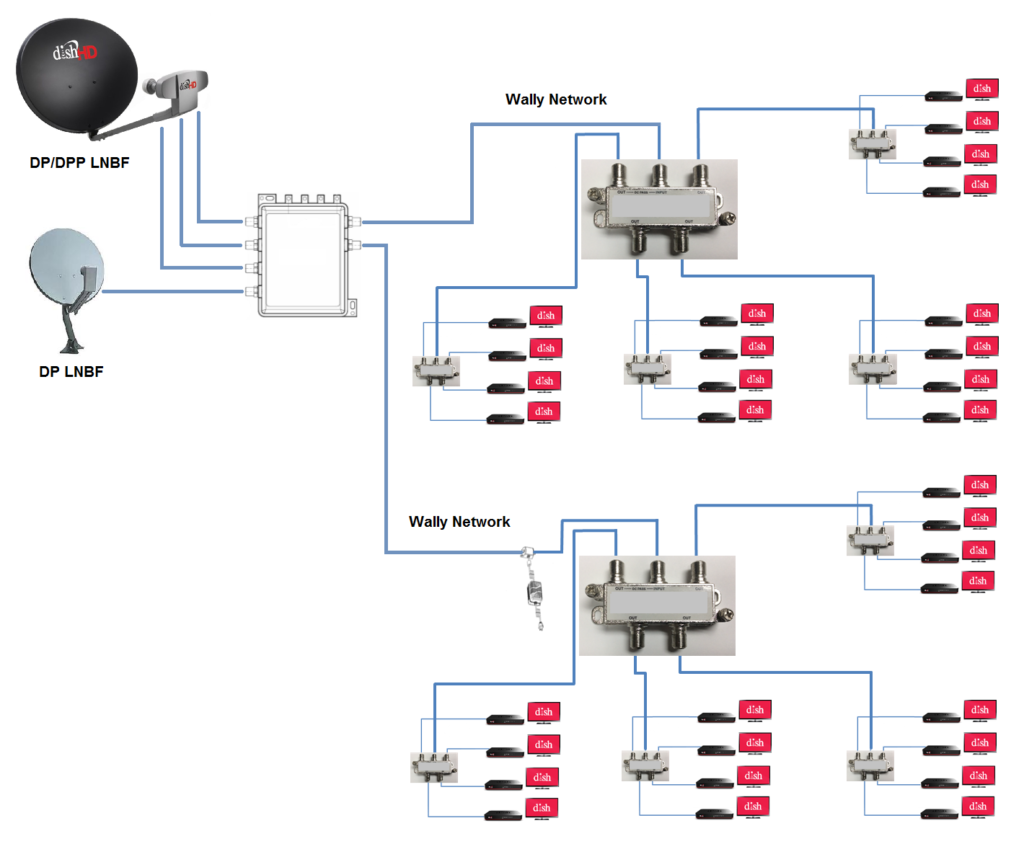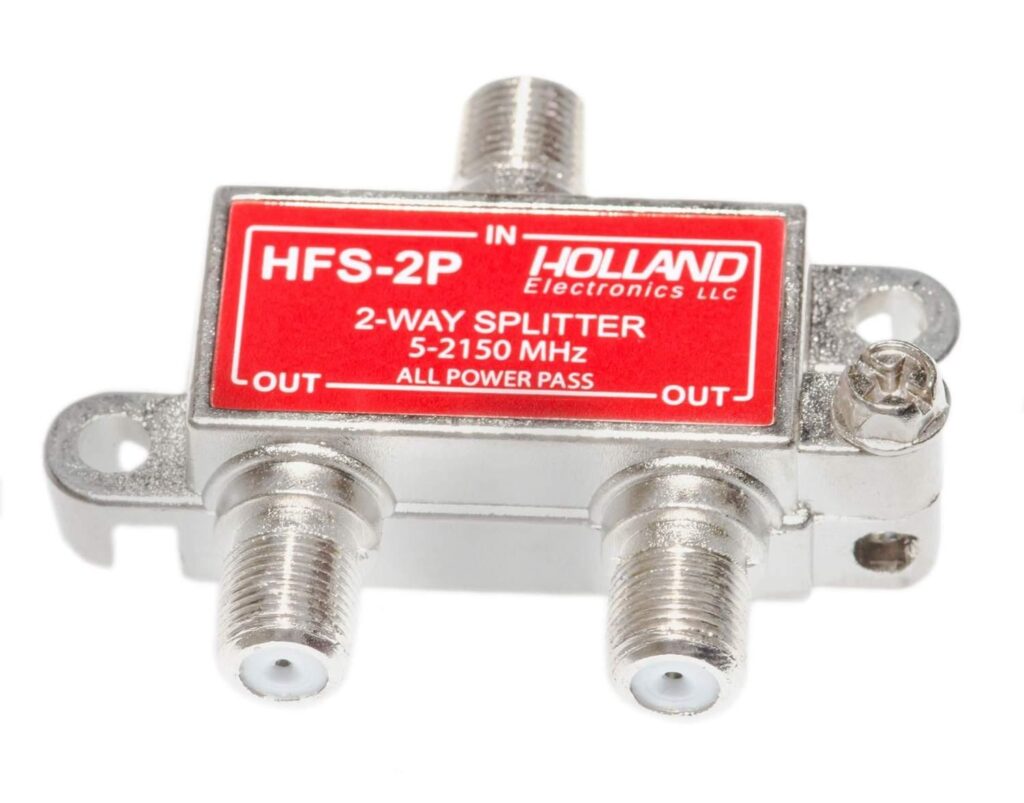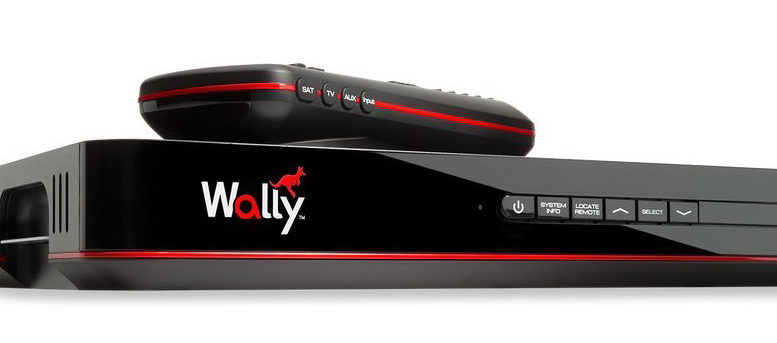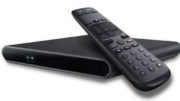DISH is fairly unique in still offering a standalone receiver for its TV service. More and more providers are either switching to a client/server model or introducing internet-enabled boxes to offer more functions. But sometimes you just want a simple satellite receiver that just works. If you take your life out on the road in an RV, for example, you’ll want a receiver that can work without internet access.
DISH does, of course, offer client boxes as well as internet-connected boxes. But that’s an article for another day. This article is about DISH’s standalone receiver, the Wally. With a Wally you can watch live TV, and if you connect an external hard drive to it, you can even use it as a DVR. (A separate monthly charge applies for DVR service.) For a lot of people, that’s going to be all they need. But what if you want a whole bunch of Wallys?
It’s incredibly easy to have up to 32 Wallys at the same time.

DISH makes connecting Wallys as easy as adding a splitter. The key is using a non-hybrid dish and this DPH42 multiswitch. Your choice of dish will depend on whether you need Eastern Arc or Western Arc, of course.

The other thing you’ll need is several of these special stacking splitters. With them, you simply connect to the output of the DPH42 and that gives you the ability to run 4 Wallys off one splitter. Or, you can run 4 more splitters off the one splitter, for a total of 16 Wallys off one output. With two outputs, you can very easily have 32 Wallys. Here’s DISH’s own diagram showing how that works.

This diagram shows 32 Wallys on one DPH42 switch. It also shows a second dish for international channels, but if you don’t need that you would just ignore that part of it. If you need fewer than 32, you can simply not use as many splitters. There’s also a 2-way splitter if you’re really only using a few Wallys.
What if you need more than 32 Wallys?

If you’re running a very large setup, larger than 32 Wallys, you can split the lines before the multiswitches using this splitter (which is different from the stacking splitters). Just make sure that when you’re splittling the line, both outputs from the splitter go into the same output on the DPH42. In other words, if the output from one is going to input #1, the other one needs to go to input #1. This solution would give you the ability to go to 64 Wallys. It’s possible to keep expanding from there, but at that point you’re probably going to want to involve an installer and do a little bit more.
Need a custom installation?
Don’t go it alone. Of course you can get all the parts you need by shopping at SolidSignal.com, but you don’t need to do it all yourself. If you have a large system, why not get a commercial installer involved? Your Signal Connect rep can help you with planning and building out the system, finding a local installer in your area, and activating service. We do it all!
Call the experts at 888-233-7563 during East Coast business hours. If it’s after hours, fill out the form below and we’ll get right back to you!





